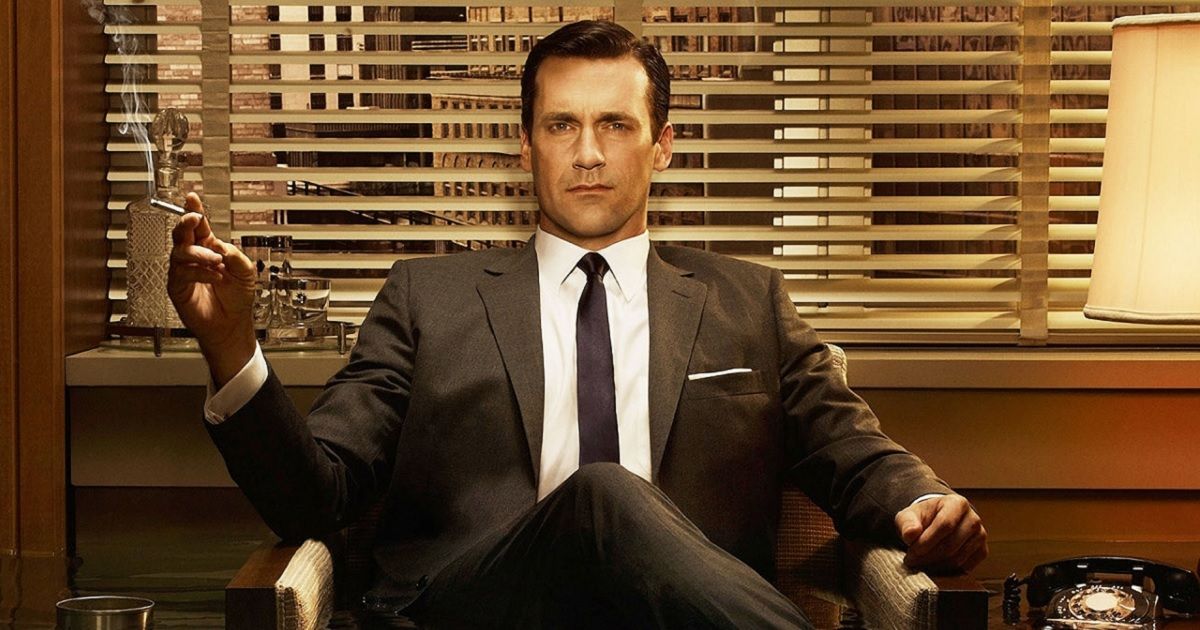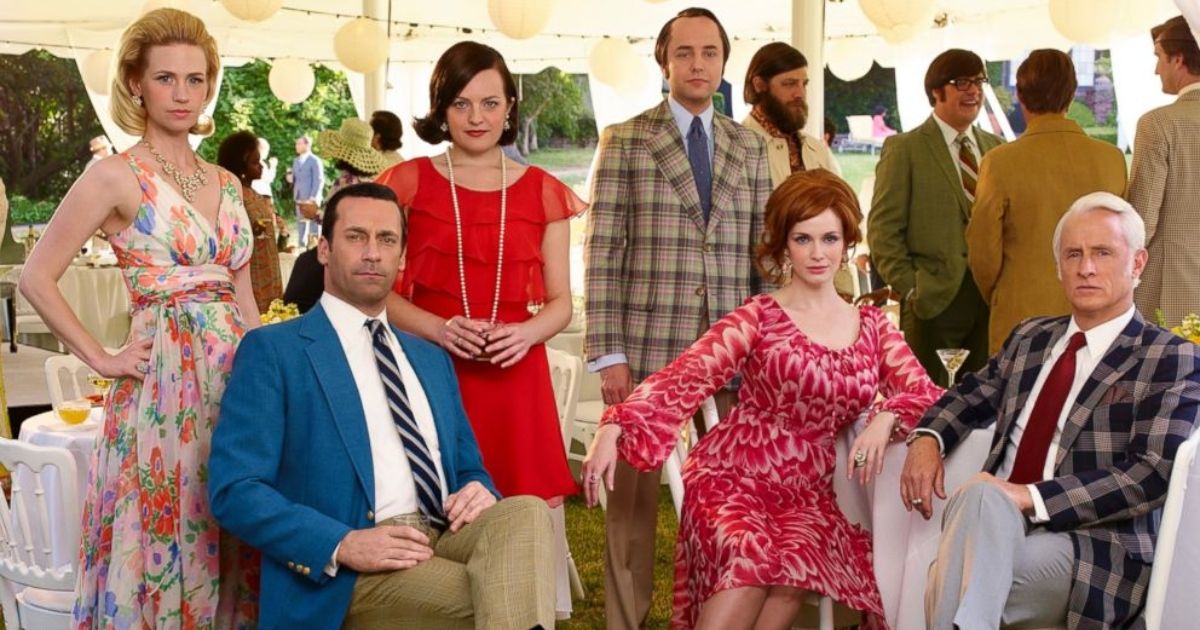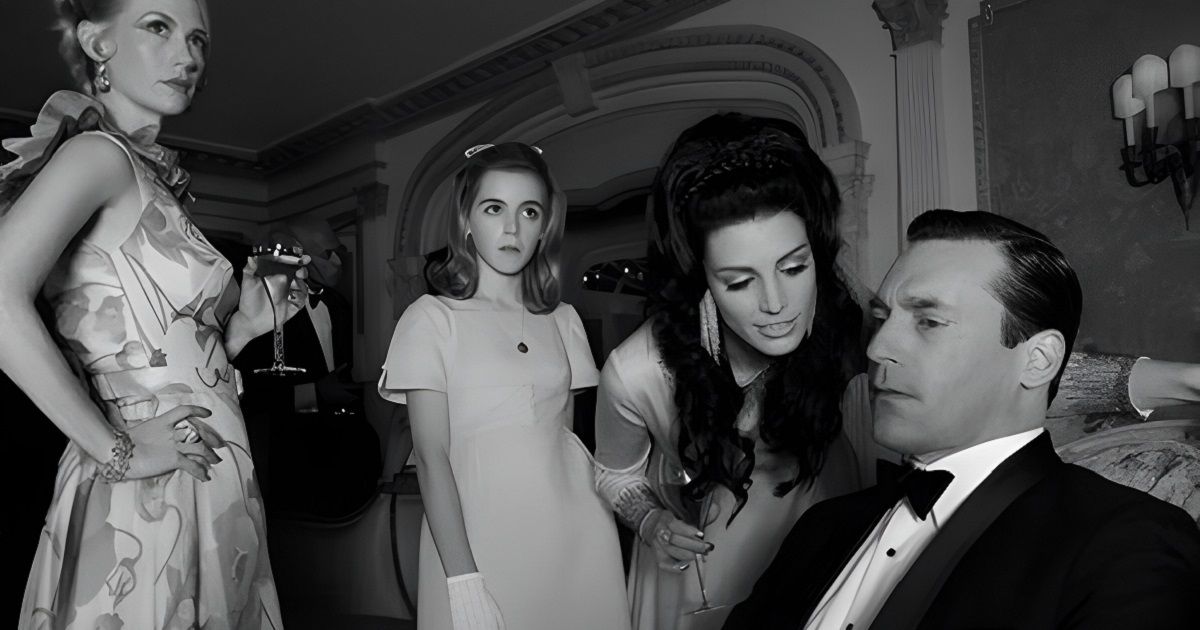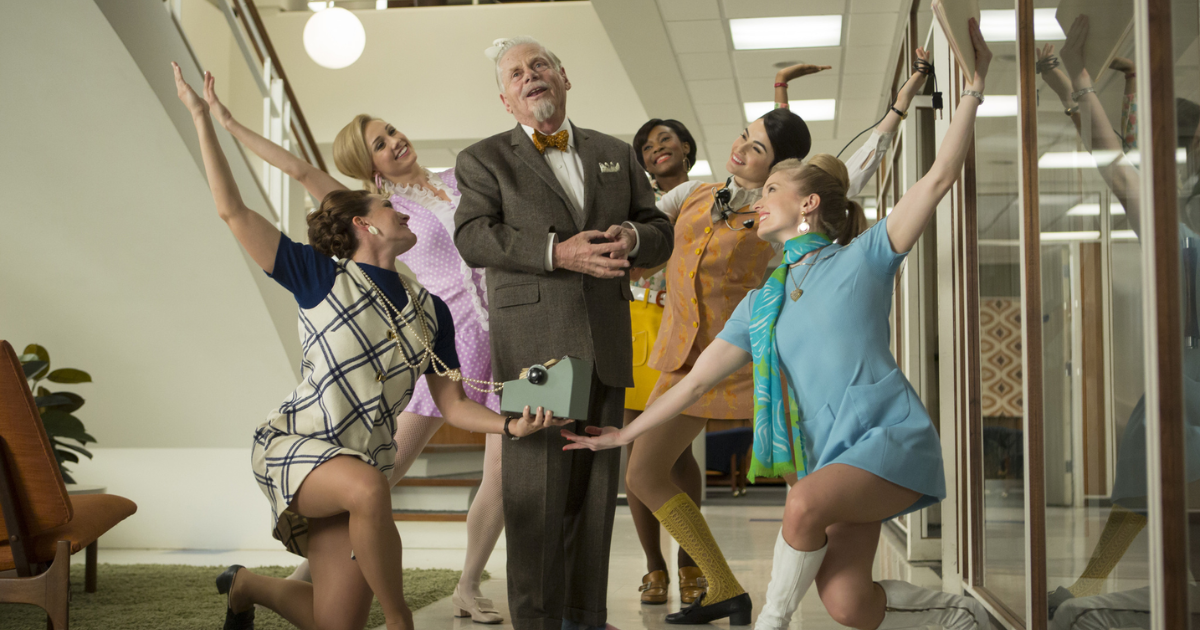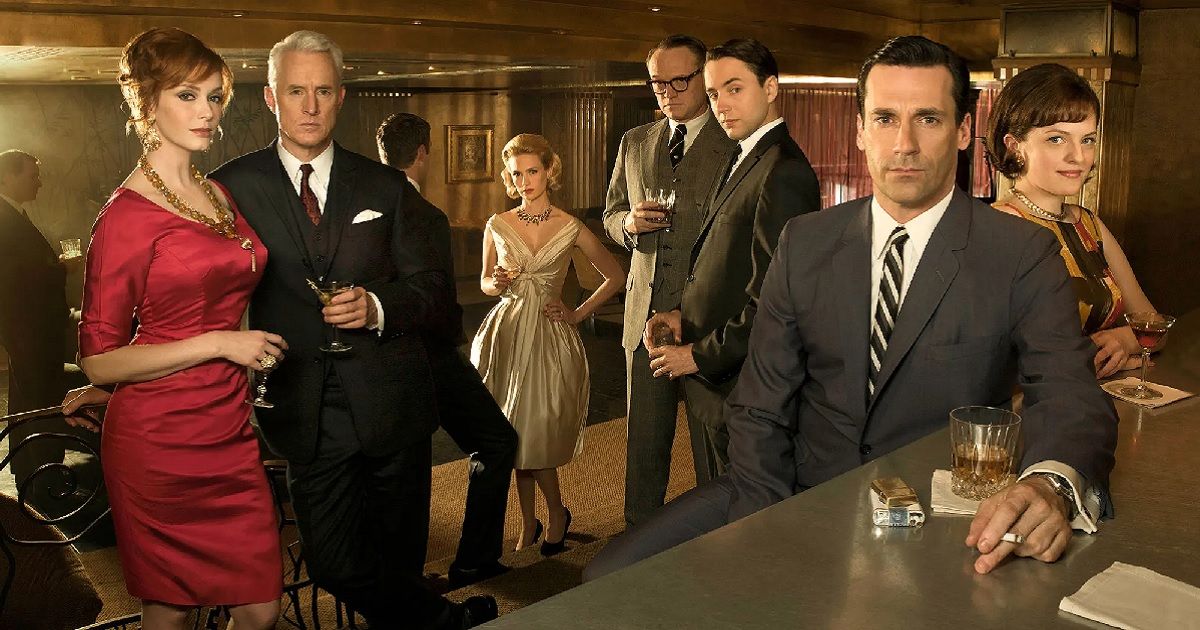Let's take a moment to immerse ourselves in the glamorous world of advertising during the 1960s by taking a look at Mad Men, the multi-award-winning TV show created by Matthew Weiner back in 2007. A series that perfectly captures the essence of a bygone era when advertising was a crafty art form, most of the show's plot is set against social change, cultural upheaval, and the era's political turmoil.
Mad Men chronicles the story of an industry that shaped American culture as we know it today. We will explore how this show reflects one of America's most iconic periods in advertising history. Mad Men gets a lot of things right—the portrayal of women's roles within agencies, as well as its depiction of the evolving values of society. Follow us as we take a deep dive into how Mad Men works as the best reflection of the Golden Age of advertising.
The Evolution of American Society in Mad Men
The 60s was a decade of immense change in American society. The post-war boom of the economy brought a new era of prosperity, as well as many technological advancements and increased consumerism. This was also a time of increasing social activism and counter-culture movements challenging traditional values. Civil rights movements gained momentum as Black people demanded equal treatment under the law.
In this decade, multiple movements advocating for women's rights emerged, demanding gender equality in all aspects of society. As new conflicts loomed, more anti-war protests raged in the country, with young people voicing their opposition to American involvement in foreign conflicts. The advertising efforts of this time played a crucial role in shaping public opinion and influencing norms.
The 60s was an era of promoting products that promised to enhance the status of the American people. Mad Men gets all these points right to a T. Creatives such as Don Draper (brilliantly played by Jon Hamm) were well aware of all these cultural shifts and capitalized on every single one by creating campaigns tapping into the consumer's desire for independence and self-expression. Their goal was to use an understanding of the human mind to get people to crave things they don't need.
This is perfectly demonstrated in the very first episode. We get to see a group of executives from the tobacco industry hell-bent on fighting regulations and the bad press proving that cigarettes are unhealthy. Don Draper swings this perception by removing all these negative notions and focusing on a single trait making this specific brand of cigarettes unique. That's how Lucky Strike's trademark "It's Toasted" was born.
The Power of Advertising in the 60s
The advertising industry has always had unparalleled power in American society. They have adapted with time. Their power of conviction was vastly displayed during the 60s. This was a time of significant change as televisions made their way into every household, and printed ads were no longer the norm to get the public's attention. Advertising campaigns became sassier, with many brands adopting humor to get attention. Advertisers had to get more creative and innovative to use a new medium and increase their clients' sales.
The use of humor to sell products became a standard. You can track down innovative campaigns of the era, such as Volkswagen's "Think Small" and Alka-Seltzer's "I Can't Believe I Ate the Whole Thing," as some of the snarkiest ads from the era. Advertising agencies also appealed to consumers' sense of superiority by marketing regular items as high-class goods. Cigarettes and liquor brands appealed to consumers using this technique to remove the stigma attached to dependency or the nasty secondary effect of these products, such as diseases or addiction.
The Role of Women in Mad Men and Advertising Agencies
The 1960s was a decade of change for women in America, and the advertising world was no exception. With more women challenging traditional gender roles, the workplace suddenly brimmed with female creativity. It wouldn't be long until women were no longer de facto secretaries. Many of them found their way to the creative room. This wasn't a smooth sail, though. As seen in many episodes of Mad Men, women often faced discrimination, harassment, and sexism from male colleagues who didn't consider them equals and unsuitable for the job.
Despite these challenges, the women in the show persevere and significantly contribute to Sterling Cooper. Peggy Olson (played by Elizabeth Moss) goes from Don's secretary to lead copywriter in the agency. Although she's working for the show's biggest misogynist, Don constantly encourages her to improve and develop her ideas for advertising campaigns.
Another example is Joan Holloway (played by Christina Hendricks), who begins the show in a strong position as the head manager of the secretary pool at Sterling Cooper. Her character is the one who seems more challenged by traditional gender roles. She quits the firm to be married to a soldier deployed to Vietnam, but she can never fulfill the role of a housewife. She ends her arc by becoming a Junior Partner of the new firm founded by Sterling Cooper.
The End of an Era: The Beginning of the 70s
Mad Men is a show that takes place over the course of a decade. As the 60s ended, the golden age of advertising ended as well. The significant changes in American culture and society had taken root in the ongoing conflict that represented America's involvement in the Vietnam War. Young people became anti-establishment by rejecting the hetero-patriarchal structure of the traditional family. Social movements left deep societal scars, and activism constantly challenged government authority.
As we entered the 70s, advertising lost its flair. Technological advancements such as color television, remote controls, and portable radios gave consumers more control over the media they chose to watch. Advertisers had to compete for attention, using less time to capture consumers' attention before being switched off. That's how the 30-second commercial became the norm. Long gone were the days of slick suits and glamorous parties, with agencies experimenting with new styles of ad reflecting the changing societal norms.
Mad Men shows us the shift in American culture by creating the fictional scenario where Don Draper, in deep meditation, comes up with the most popular ad campaign ever designed by Coca-Cola in the 70s. The Hilltop ad, with the jingle "I'd Like to Buy the World a Coke," was actually created by Bill Backer, the creative director at the McCann Erickson agency.
The Cultural Impact of Mad Men
Mad Men is one of the best examples of premium television of the late 2000s. The series has left an indelible mark on pop culture and television history. The show has one of the most realistic portrayals of the advertising dynamics throughout one of the most complex decades in American History. AMC's masterpiece doesn't embellish the times depicted in each season—the 60s were both glamorous and controversial. True talent and creativity had a higher value than it does today.
The cultural impact of the show is undeniable. Mad Men inspired the comeback of multiple fashion trends, interior design styles, and cocktail culture. The show boosted discourse around the exploration of gender roles and opened up conversations about relevant issues related to workplace discrimination and mental health awareness. The golden age of advertising depicted in Mad Men was also a horrible era full of sexism, racism, and homophobia being fiercely challenged by agents of change.
Mad Men works perfectly as a work of fiction and a time capsule, narrating a cautionary tale: it's a great reminder of where society has been while challenging us to do better.

